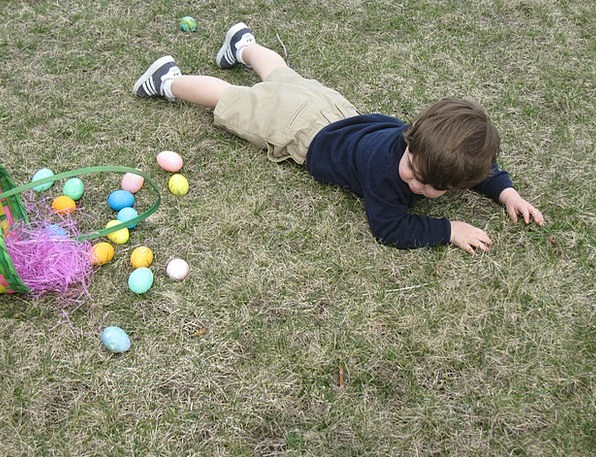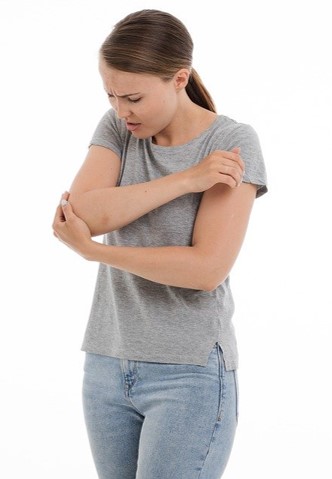Generally speaking, motor coordination and body awareness work together. Body awareness is the ability to understand how and where body parts are positioned as needed to plan and carry out motor activities. When joints and muscles of the body provide the brain with consistent sensory input, the brain is able to guide and direct their moves. However, during growth spurts, sensory input tends to become uneven and variable. Uneven sensory input results in uneven output and thus coordination suffers.
Muscles and joints throughout the body send information to the brain about how the body’s parts are moving during motor activities. When children experience rapid growth spurts, these parts grow unevenly. Therefore, body awareness and coordination tend to become compromised.

For example, let’s see what happens in terms of body awareness when putting on a pair of pants.
Step 1. The muscles of the eyes, back, arms and hands work together to pick up the pants.
Step 2. The back and legs move the body into a standing position.
Step 3. The body weight is shifted onto one leg which pushes downward while the other leg is lifted to step into one leg of the pants.
Step 4. The muscles of the eyes, back, arms and hands maneuver the pants leg up onto the foot and pull. As the pants get pulled up, the leg simultaneously pushes down.
Body Awareness
We use body awareness to understand how to physically respond to objects and people at home, at school, and in social situations such as parties, play-dates and at playgrounds. Body awareness brings elements such as timing, force, and distance into play for muscle moves.
Signs of rapid growth impacting body awareness and coordination include frequent episodes of:
- slips, falls, collisions
- loss of balance
- incoordination
- disorganization
Helpful activities during rapid growth spurts are those that incorporate use of vision with body coordination. Activities such as those below may be helpful.
- Hopscotch
- Games that incorporate use of a swing, or alternately balance beam activities
- Jumping rope
- Bicycle riding
- Obstacle courses on a hop ball
- Sports and movement games (especially those that incorporate use of a tool such as a paddle, racquet or ball)
- Building toys that show step-by-step instructions
Here are some resources about body awareness and what you can do to help develop improved coordination for your child:




Comments are closed.